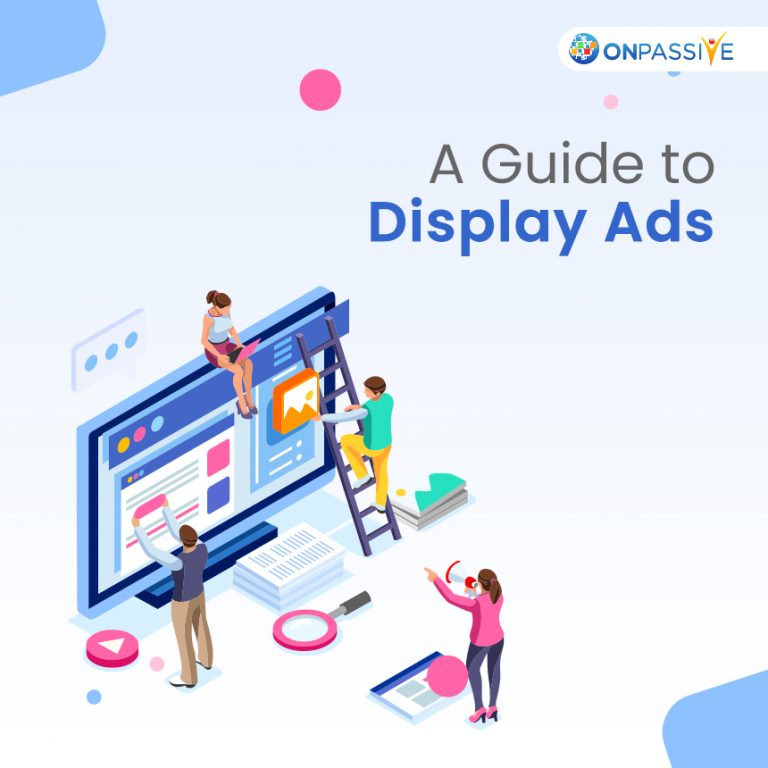
What is Display Advertising?
Display advertising is also called as Graphic Advertising. Usually, we find display ads on internet websites, apps, or social media through banners or other advertising methods.
Text, image, flash, video, and audio are used in making display ads. Display Advertising intends to deliver general messages like brand awareness or product awareness to website visitors.
Digital display advertising is an online advertising method where its promotional content appears on third-party websites or social networks. This form of advertising can increase traffic for websites. It helps grab the attention of internet users to buy a product or service promoted on the website.
Pros and cons of digital display ad
Pros:
Delivery: Display advertisements come in different sizes and shapes; they can be presented in various formats. Depending on the advertising goal, a person can choose their style of advertising format. Display ads are dynamic and can be used according to the taste of the advertiser.
Reach: Google Display Network (GDN) gives you access to millions of sites straight from your Google account. Google display networks help you reach millions without any extra effort.
Targeting: Google Display Network’s extensive reach helps you target the right audience by placing your ads on the relevant website, includes geo-targeting considering the specific interests of the audience.
Measurable: Tracking of clicks and conversions is easy from Google ads and Google analytics; this keeps advertisers engaged with the count of sales happening.
Cons:
Banner ignorance: Many users tend to ignore digital display ads since it is attractive. When a user wants to browse some content and sees a display ad in between he or she might be irritated with an ad for various reasons, it might cover your content or be inappropriate to a user—ultimately resulting in a lower click-through-rate. Techniques like remarketing and rich media ads help to overcome this con.
Ad blockers: Ad blocking technology has risen to its life in recent times, and it has gained popularity over the last few years. Many brands and mass media have tried to sidestep this by giving users the option of letting ads or purchasing a subscription. Besides all the downsides, display ads still work provided they are done in the right manner.
How to make your display ad more interesting?
Language: The right language should be used in copywriting for conveying a message to the audience. Depending on the target audience, you should choose a language.
Copy: Using a catchy copy helps in-display ads. Establish a sense of urgency in copywriting, using words like now, need, hurry will help a display ad look more interesting for the audience. Make it more curious by using words like “beware”, “before it’s too late”.
Bold letters: Use bold letters in typography and lettering that stands out, but it should be clear to read. Bold letters highlight the central message of the content.
Clutter-free imagery: Use simple imagery that gives a glimpse of a product and brand.
Banner: These types of display ads are first-born and they are traditional forms of advertising. Banner ads typically appear at the top of webpages in a “banner” format.
Rich media: These ads contain interactive features, like video and audio link on ads, and clickable elements that further gives more details about the ad.
Video: YouTube advertising podium and social media networks like Instagram and Facebook, has created a venue for marketers. Video ads allow you to influence your audience and connect them personally and make your investment worthwhile.
Display ads are part of various marketing strategies: They help promote a business or a product. Display ads have an edge over other advertising methods in terms of cost, reachability, and flexibility. They also assist in gaining more visitors who go on to become potential clientele thereby gaining revenue to the organization.


